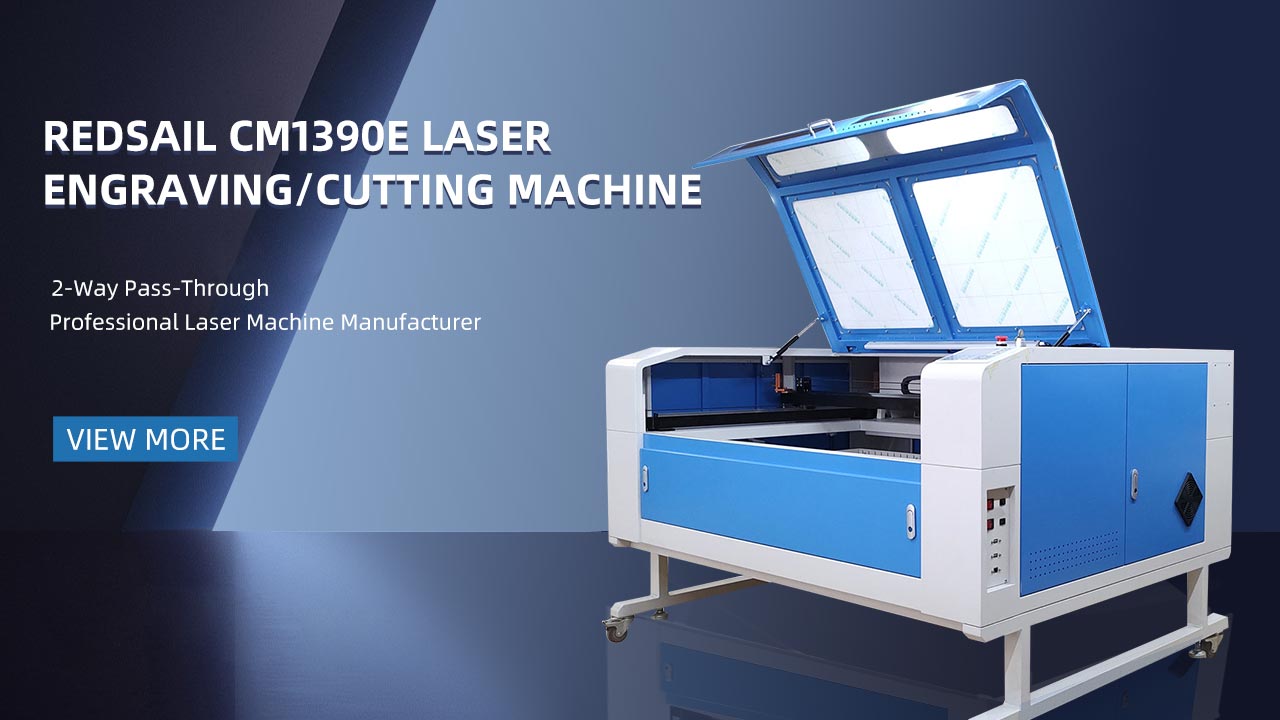1.The relationship between nozzle and cutting quality:
When the center of the nozzle is not in the same axis as the center of the laser, the impact on the cutting quality:
1) It affects the cutting section. The gas volume is uneven when the cutting gas is sprayed, which makes the cutting section more likely to have melted stains on one side and no phenomenon on the other side. It has little effect on cutting thin plates below 3mm. When cutting plates above 3mm , its impact is more serious, and sometimes it cannot be cut.
2) It affects the quality of sharp corners. When cutting workpieces with sharp corners or small angles, local over-melting is prone to occur. When cutting thick plates, it may not be able to cut.
3) Affect the piercing. It is unstable during piercing, and the time is not easy to control. The penetration of thick plates will cause over-melting, and the penetration conditions are not easy to grasp, and have little impact on the perforation of thin plates.
2. The choice of nozzle aperture:
The hole diameter of the nozzle is φ1.0mm, φ1.5mm, φ2.0mm, φ2.5mm, φ3.0mm and so on. At present, the nozzle aperture often uses two types of φ1.5mm and φ2mm. The difference between the two is:
1) For thin plates below 3mm: use φ1.5mm, the cutting surface will be thinner; use φ2mm, the cutting surface will be thicker, and the corners are prone to melt stains.
2) Thick plates above 3mm: Due to the high cutting power, the heat dissipation time will be prolonged, and the cutting time will also increase. With φ1.5mm, the gas diffusion area is small, and it is not very stable in use. With φ2mm, the gas diffusion area is large and the gas flow rate is slow, so it is more stable during cutting.
3) The hole diameter of φ2.5mm can only be used for cutting thick plates above 10mm. To sum up, the size of the nozzle aperture has a serious impact on the cutting quality and perforation quality. At present, laser cutting mostly uses nozzles with apertures of φ1.5mm and φ2mm.
Therefore, when the diameter of the nozzle is larger, the protection of the focusing lens is relatively poorer, because the sparks of the molten material splash during cutting, and the probability of bouncing up is very high, making the life of the lens shorter.
The concentricity between the center of the nozzle and the laser is one of the important factors for cutting quality. The thicker the cut workpiece, the greater its influence. Therefore, the concentricity between the center of the nozzle and the laser must be adjusted to obtain a better cutting section.
Note: When the nozzle is deformed or there is melting stain on the nozzle, its impact on the cutting quality is the same as that mentioned above, so the nozzle should be placed carefully to avoid deformation, and the melting stain on the nozzle should be cleaned in time. The quality of the nozzle has high precision requirements during manufacture, and the correct method is also required during installation. If the cutting conditions are changed due to the poor quality of the nozzle, the nozzle should be replaced in time.





